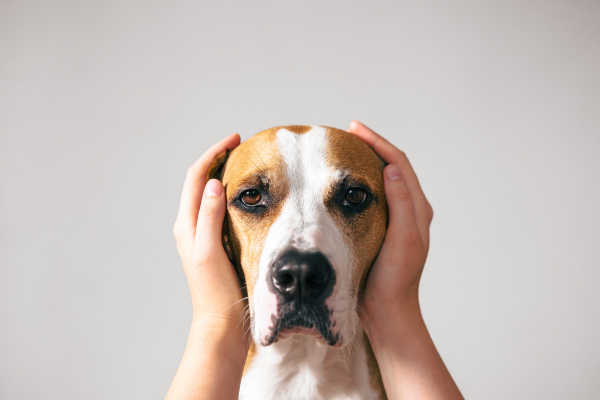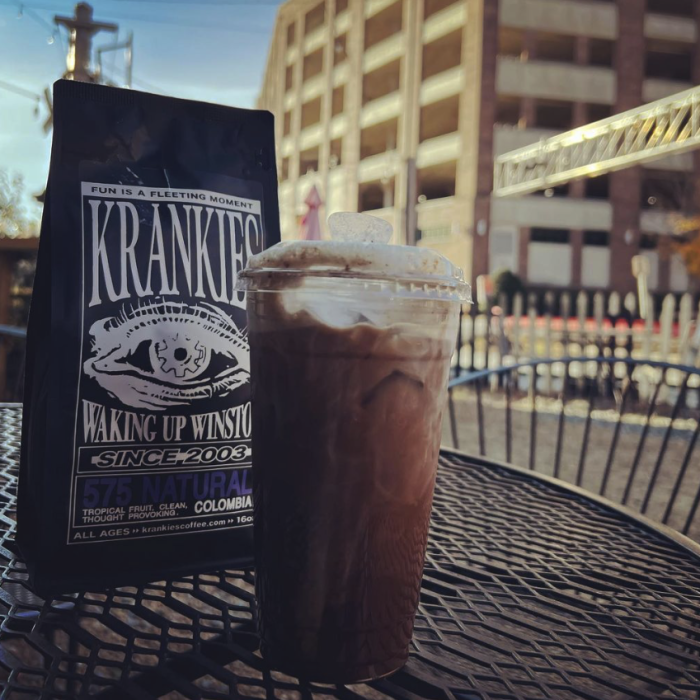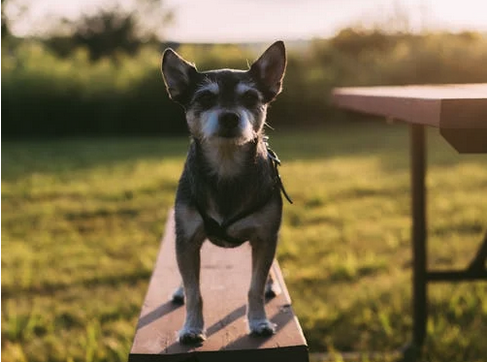We know enrichment toys are a fantastic way to provide mental stimulation and reduce boredom, but what if your dog does not understand how to interact with the activity? If your dog seems confused or uninterested, here’s how to help them learn.
Does your dog need a little help with that enrichment activity?
1. Choose the Right Toy for the Dog’s Skill Level
Some dogs need to start with elementary enrichment to build confidence.
-
Try toys that don’t require problem-solving, like snuffle mats, treat scatters, or towel rolls with kibble inside.
-
Avoid complex puzzles or tightly packed frozen Kongs until your dog has learned the connection between the toy and the reward.
-
Watch for signs of frustration, such as walking away, whining, pawing you, scratching their collar, or other behaviors that seem out of context. These may indicate that the activity is too challenging.
2. Make the Toy More Accessible
If the toy is too hard, your dog may give up before realizing it can be fun.
-
For stuffed toys like Kongs, start by smearing soft food like peanut butter or canned dog food on the outside, so your dog gets immediate reinforcement just by sniffing or licking it.
-
Leave puzzle toys slightly open or use loosely packed fillings that fall out easily.
-
Use high-value rewards—something your dog loves and doesn’t get often. Dry kibble usually won’t be motivating for a beginner.
3. Demonstrate or Encourage Interaction
Dogs often need a little help to understand that they can interact with objects in their environment.
-
Move the toy around, roll it gently, or tap it on the floor to indicate that it’s worth investigating.
-
Let your dog watch you place treats inside and then roll or shake them out.
-
You can also bait the toy by placing a treat just underneath or beside it to spark curiosity.
4. Reinforce Any Interest
Your dog doesn’t have to solve the toy right away—start by rewarding the smallest interactions.
-
Praise or toss a treat whenever your dog sniffs, licks, paws at, or nudges the toy.
-
Treat these small behaviors like successes—your dog is learning how to explore.
-
As your dog gains confidence, withhold the reward briefly until they interact a little more, gradually shaping more complex engagement.
- Give your dog breaks and let them chase some treats to keep them in the game.
5. Set Up for Success
Environment matters—choose a calm setting where your dog feels safe and focused.
-
Avoid areas with too much noise, foot traffic, or competition (like around other dogs or children).
-
Keep sessions short and successful—5–10 minutes is plenty for a new learner.
-
If your dog starts to get frustrated or distracted, end on a small win and try again later.
6. Pair With Human Interaction at First
Some dogs are more socially motivated and may need your involvement to get started.
-
Sit with your dog and interact with the toy together, like a mini training session.
-
Use your hands to help manipulate the toy at first, then slowly fade your involvement as your dog becomes more independent.
-
This is especially helpful for dogs who tend to look to their humans for guidance in new situations.
7. Try a Different Format
Dogs have different enrichment styles, just like people have different learning styles.
-
Some prefer chewing or licking (Kongs, lick mats, chew boxes).
-
Others love shredding (cardboard boxes, egg cartons, paper towel rolls with food inside).
-
Natural foragers may enjoy scatter feeding or hide-and-seek games with treats around the room or yard.
-
Don’t be afraid to experiment—the goal is engagement, not perfection.
We can create a customized enrichment plan for your dog, tailoring activities to meet their physical, mental, emotional, and behavioral needs—based on their unique personality, history, and preferences. Get in touch!
Share this:
- Click to share on Facebook (Opens in new window) Facebook
- Click to share on Bluesky (Opens in new window) Bluesky
- Click to share on Reddit (Opens in new window) Reddit
- Click to share on Threads (Opens in new window) Threads
- Click to share on Nextdoor (Opens in new window) Nextdoor
- Click to email a link to a friend (Opens in new window) Email
- Click to share on Mastodon (Opens in new window) Mastodon






